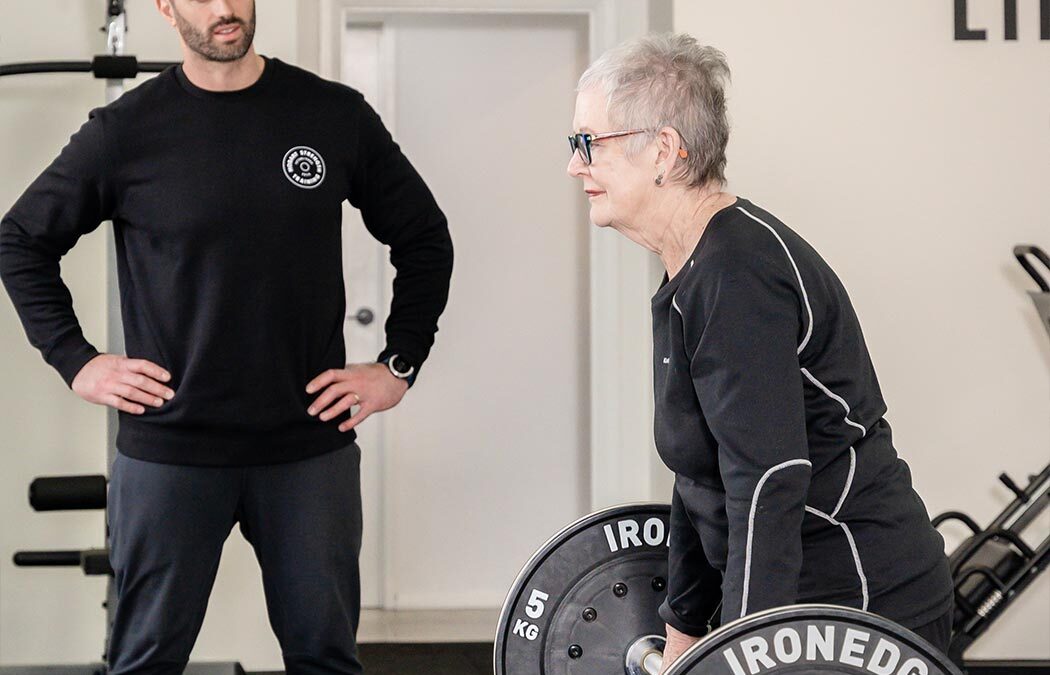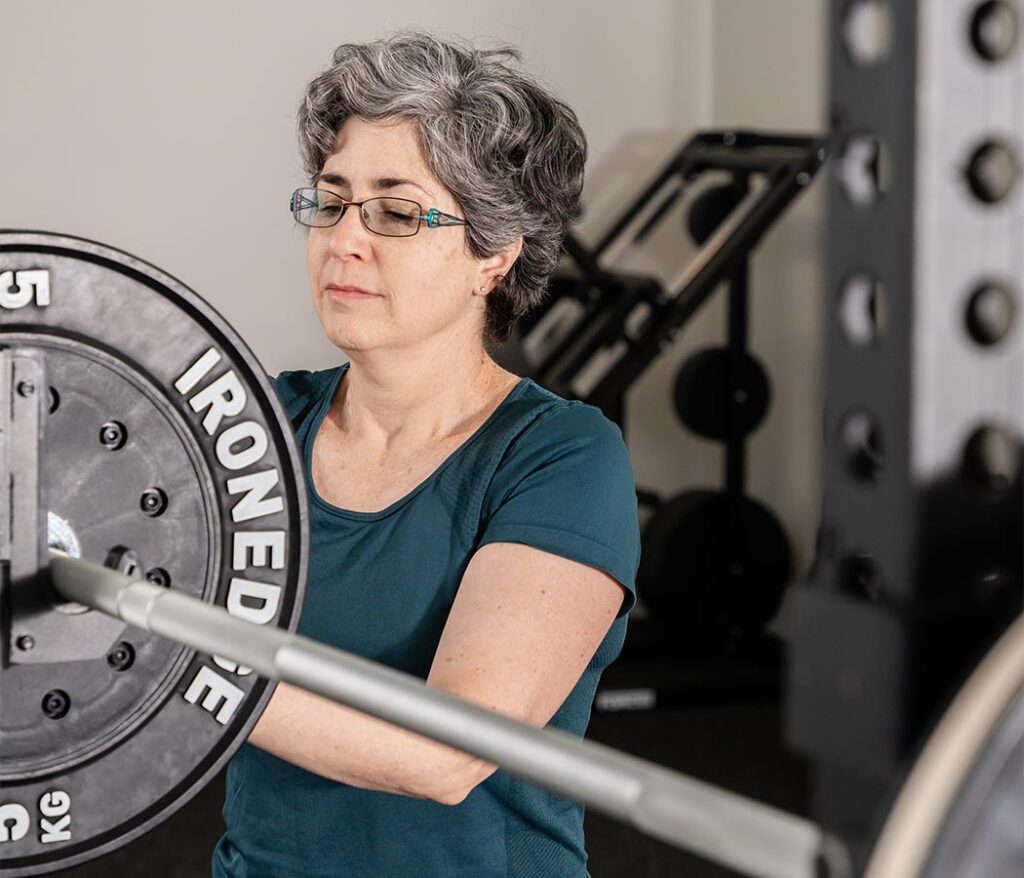There are many reasons why someone might struggle to commit to exercise. Alongside motivation and uncertainty, lack of time is a barrier many people can relate to. Resistance training (RT) is the only non-pharmacological approach that consistently improves muscle mass and function, helping to counteract age-related declines and improve quality of life. Thankfully, research is helping address the concern of limited time. The review titled “No Time to Lift?” Designing Time-Efficient Training Programs for Strength & Hypertrophy: A Narrative Review”, by Iversen & Colleagues offers practical takeaways regarding advanced training techniques, exercise selection, warm-ups and stretching. Today’s article will discuss this article and how at Hobart Strength Training, we help you make the most of your time.
How much training is necessary?
Let’s start with training volume. This refers to the total reps and sets completed across a training cycle, usually over a week. As Iversen et al. noted, most people train all major muscle groups with 2–4 sets of 8–10 exercises, performing 3–12 reps with 2–5 minutes rest, 2–4 times per week. These recommendations fit in with physical activity guidelines¹. However, these sessions often last over an hour². While ideal, it’s not always realistic. Even one well-designed 45-minute session each week can deliver meaningful results. The minimum recommended volume is around four sets per muscle group weekly, which can be achieved in one session or split over two shorter ones². It’s more important to hit your weekly volume target than to worry about how many days you train. Time-crunched? Additionally, our coaches can program effective at home exercise “snacks” like push-ups, ab work and arm work.
How to make workouts more efficient
Key training variables include rest periods, warm-ups, and stretching. Research suggests longer rest periods (over 2 minutes) can boost short-term strength and performance. Although shorter rest periods increase fatigue, they don’t prevent long-term strength gains—so long as total training volume is adequate. Performing exercises back-to-back for opposing muscle groups, like bench press and lat pulldown, can save time while increasing overall volume. We call these “supersets”. At Hobart Strength Training, our coaches help structure your workouts efficiently—without the crowding or equipment shortages common in commercial gyms. Keeping warm-ups specific also avoids wasted time. For example, if you’re preparing to bench press, cardio or dynamic stretching isn’t shown to improve performance or reduce injury risk. Lastly, static stretching isn’t necessary. Strength training alone improves mobility, quality of life, and physical performance—even without added flexibility routines. The key is using your time wisely and training with intention.
Stick to basic workouts
At Hobart Strength Training, we love the basics—think Squats, Bench Presses, Deadlifts, and Overhead Presses. These barbell-based “bilateral” exercises (where both sides of the body work together) are strongly encouraged in current research². They’re just as effective as single-limb (“unilateral”) options like Split Squats, but more time-efficient, as you don’t have to double your sets. They also pair well with portable or free-weight exercises, making training more flexible. For example, you can perform a Romanian Deadlift and a Standing Dumbbell Press all at one station. Bilateral compound movements build full-body strength and coordination, and they’re scalable for all levels—from beginner to advanced. Whether you’re short on time or want maximum return on effort, these big lifts offer a practical, proven foundation.
Train with us, for the best return on your investment
At Hobart Strength Training, we design time-efficient programs tailored to your goals. Our sessions are based on evidence, engaging and efficient. With our expert coaches guiding you, you’ll build strength, improve function, and make every session count. Don’t let time hold you back—contact us today to start a plan that works for your life.

